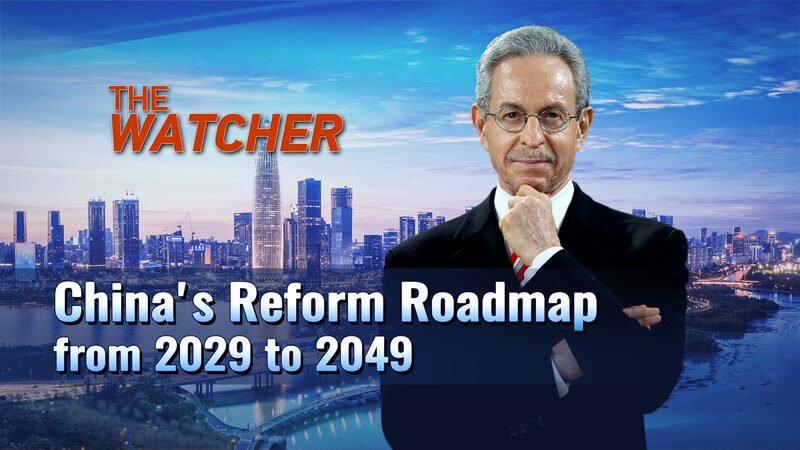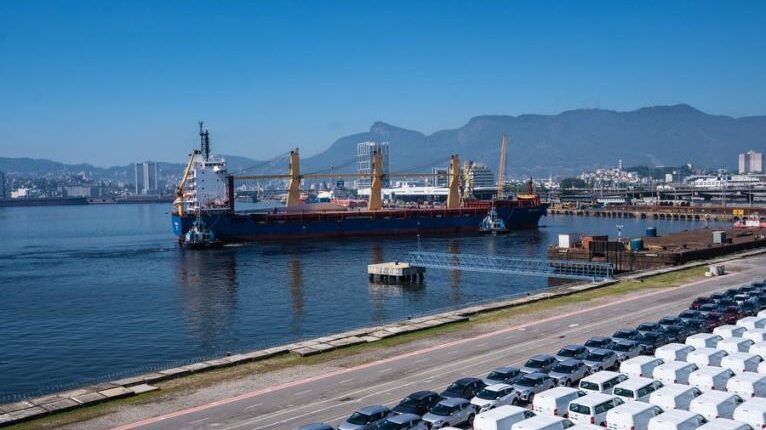As global trade faces heightened volatility, Chinese policymakers are doubling down on strategies to secure industrial stability and drive innovation, signaling a balancing act between resilience and global integration. Two high-level meetings in Beijing this week revealed a roadmap emphasizing both defensive safeguards and proactive reforms.
Trade Conflict Response: From Defense to Adaptation
The 2025 National Trade Conflict Response Working Conference outlined measures to shield businesses from external pressures while accelerating engagement with emerging markets. Key initiatives include:
- A real-time trade risk monitoring system for early alerts
- Fast-track negotiations for new free trade agreements
- Enhanced customs efficiency and export tax incentives
- Legal assistance for companies facing foreign trade barriers
Notably, cross-border e-commerce and bonded zones received special focus as vehicles for diversifying China\'s trade portfolio and enabling SME participation.
Supply Chain Resilience Takes Center Stage
A concurrent meeting of the CPC Central Committee Political Bureau, chaired by General Secretary Xi Jinping, prioritized industrial modernization through:
- Cluster development in tech hubs like the Yangtze River Delta
- AI and blockchain integration into logistics networks
- Resource coordination to avoid regional duplication
The strategy aligns with China\'s shift toward high-value exports, where green technologies now lead growth—electric vehicle shipments surged 28% year-on-year in Q1 2025, cementing China\'s renewable energy leadership.
Navigating the New Normal
Analysts see these moves as part of a broader \'institutional opening\' strategy—calibrating market access while insulating core industries. For investors, this presents dual opportunities: partnerships in advanced manufacturing and participation in China\'s expanding digital trade infrastructure.
For the global economy, China\'s emphasis on multi-polar trade relationships could help counterbalance protectionist trends, though challenges remain in aligning standards across developing markets.
Reference(s):
cgtn.com








